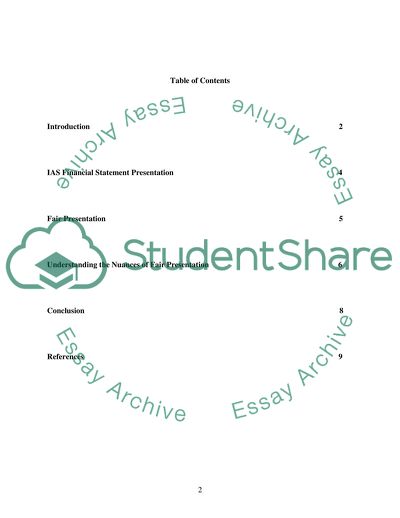Cite this document
(International accounting standards - fair presentation Essay, n.d.)
International accounting standards - fair presentation Essay. https://studentshare.org/finance-accounting/1758630-international-accounting-standards-fair-presentation
International accounting standards - fair presentation Essay. https://studentshare.org/finance-accounting/1758630-international-accounting-standards-fair-presentation
(International Accounting Standards - Fair Presentation Essay)
International Accounting Standards - Fair Presentation Essay. https://studentshare.org/finance-accounting/1758630-international-accounting-standards-fair-presentation.
International Accounting Standards - Fair Presentation Essay. https://studentshare.org/finance-accounting/1758630-international-accounting-standards-fair-presentation.
“International Accounting Standards - Fair Presentation Essay”. https://studentshare.org/finance-accounting/1758630-international-accounting-standards-fair-presentation.


